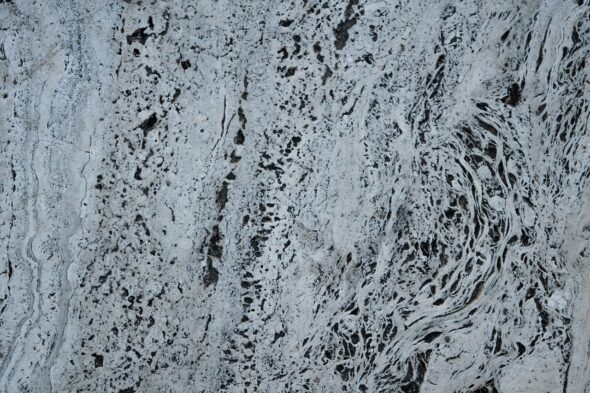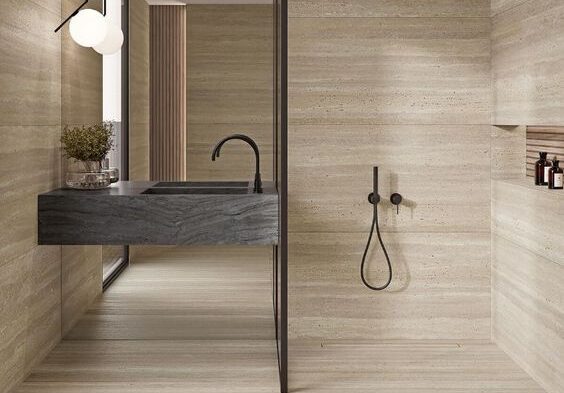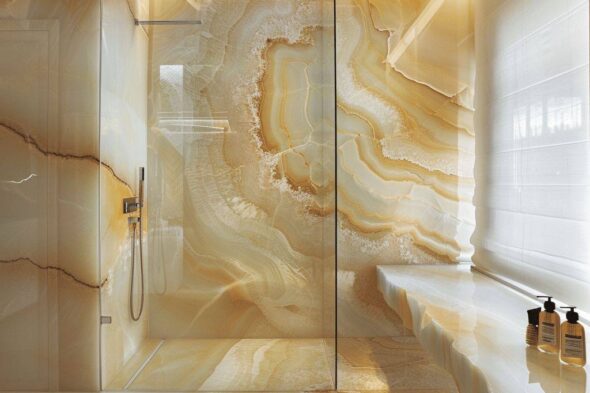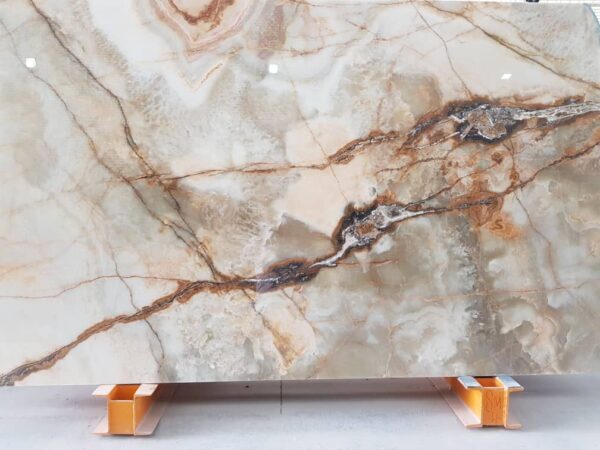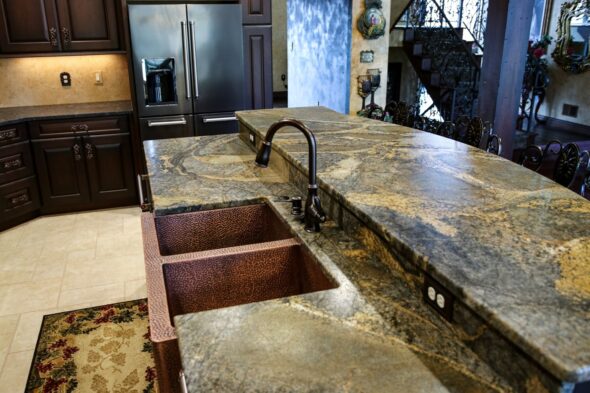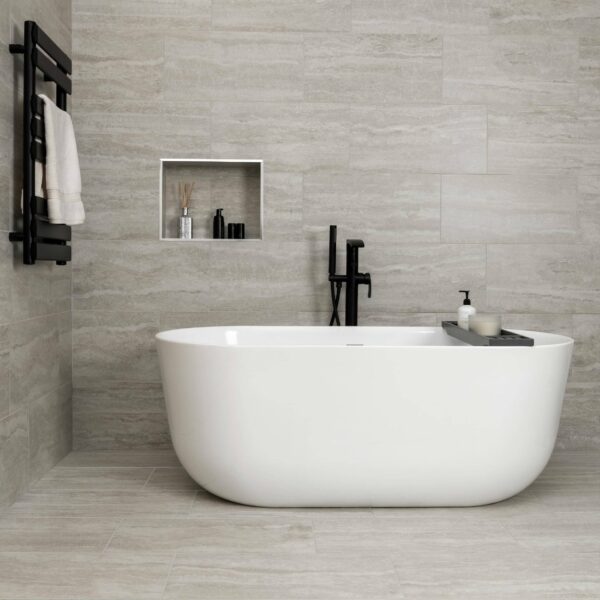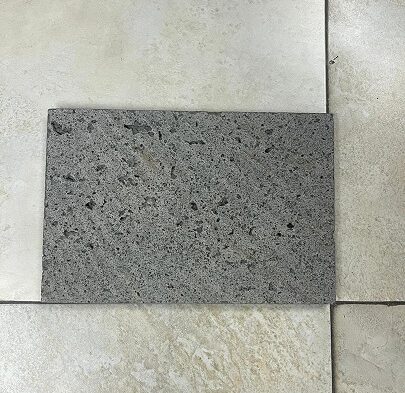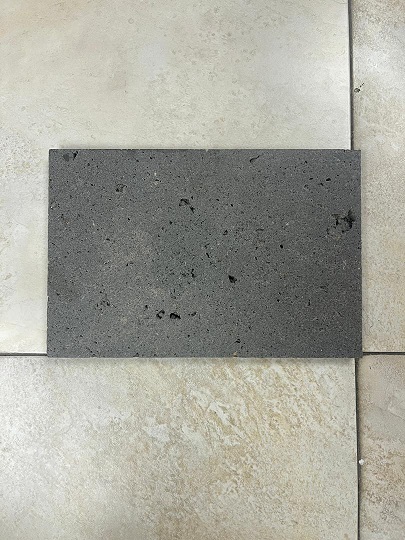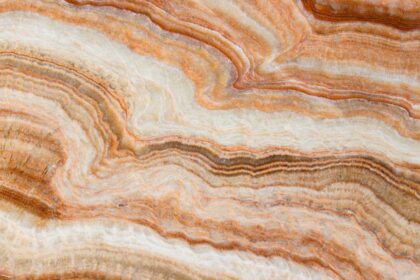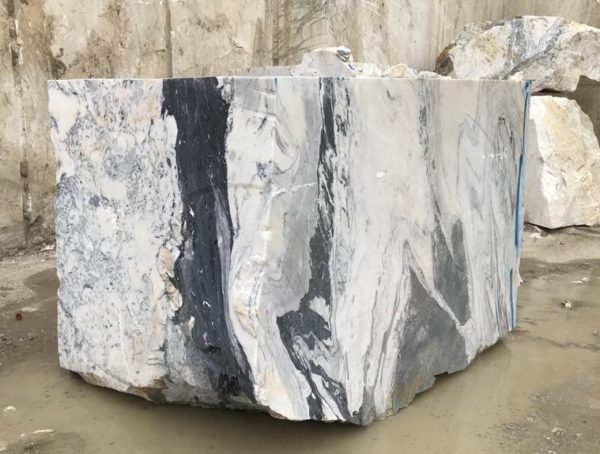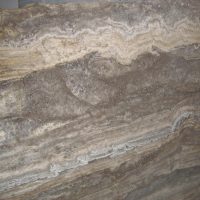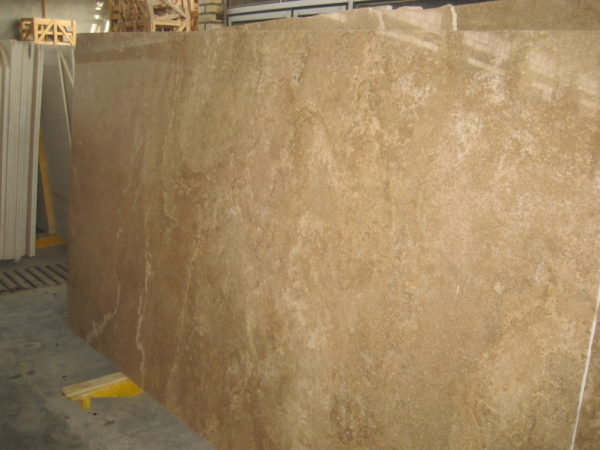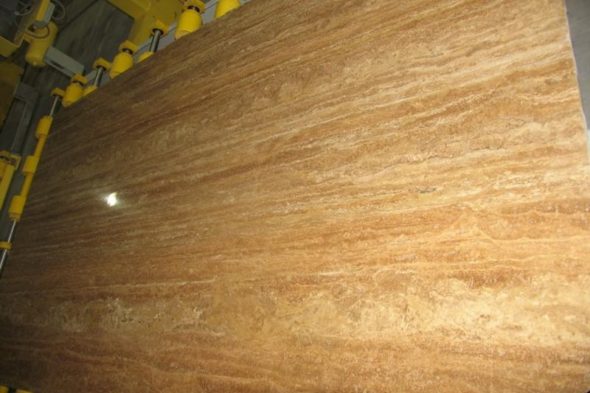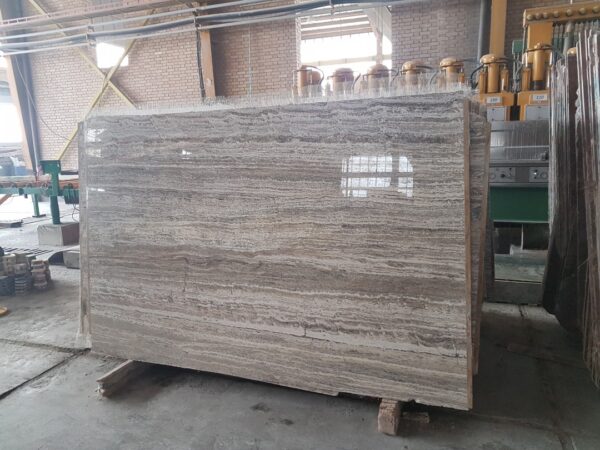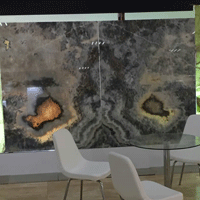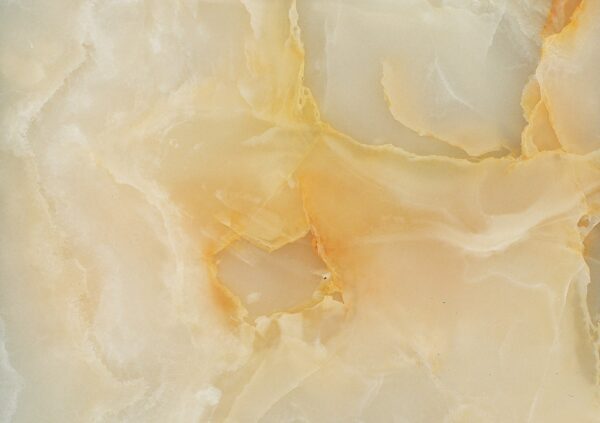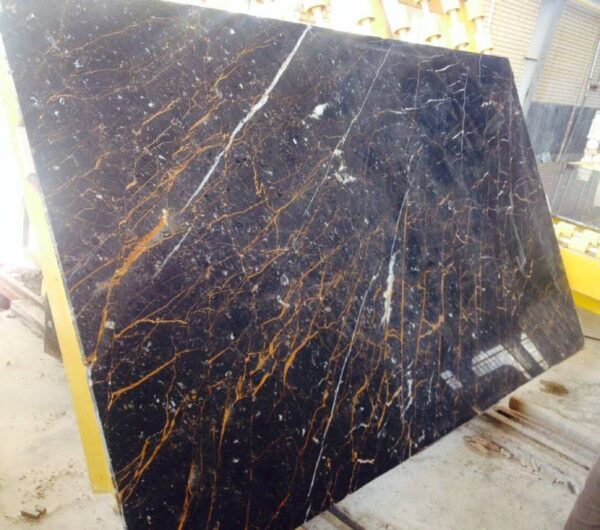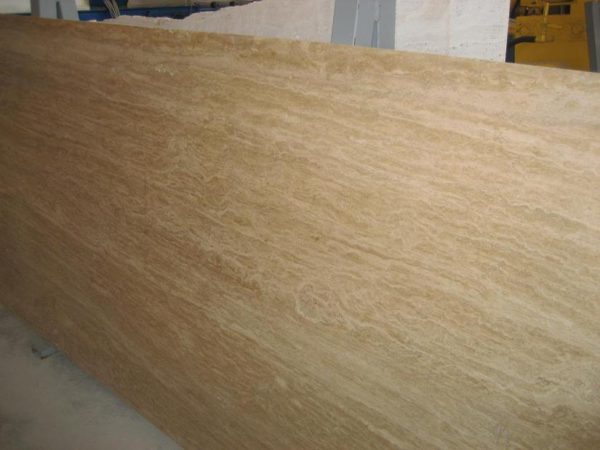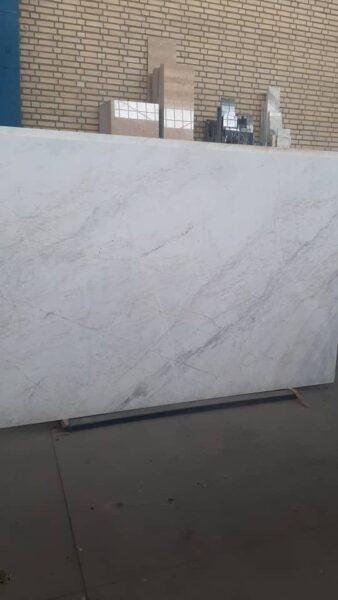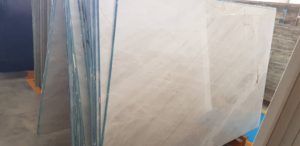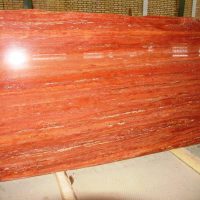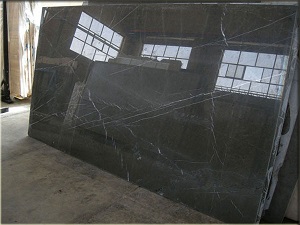A Comprehensive Guide
Exporting natural stone is a highly profitable business with increasing demand in global markets. However, choosing the right type of stone to export is crucial for success. Whether it’s for construction, interior design, or landscaping, certain stones are more in demand due to their durability, aesthetic appeal, and versatility. In this guide, we’ll discuss the best stones to export and why they are sought after in various markets.
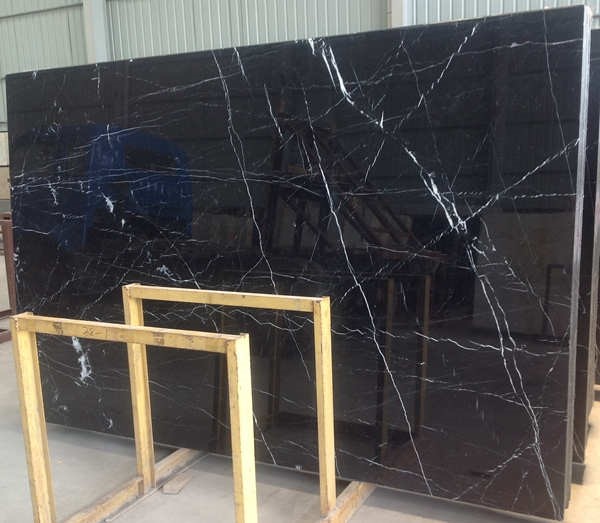


Why Export Natural Stone?
Natural stone is a timeless material known for its strength, beauty, and sustainability. It is widely used in residential, commercial, and industrial applications, making it a valuable commodity in the global marketplace. Exporting natural stone can be a lucrative business opportunity due to its demand across multiple industries, including:
- Construction: Stones like granite and marble are used for flooring, facades, and countertops.
- Interior Design: Stones such as limestone and travertine are sought after for stylish interiors.
- Landscaping: Sandstone and slate are commonly used for outdoor features like patios, walkways, and garden walls.
The Best Stones to Export
Several types of natural stone are in high demand worldwide. The most sought-after stones for export include marble, granite, limestone, sandstone, and slate. Below, we highlight each type of stone and its key uses in the global market.
1. Marble: The Luxury Stone
Marble is one of the most popular and luxurious stones to export. Known for its elegance and timeless appeal, marble is used in high-end construction projects, luxury homes, and commercial buildings. It is often used for countertops, flooring, and decorative features. Its stunning variety of colors and patterns, including white, black, and beige, make it a sought-after material for interior designers and architects.
- Why Marble? Its elegance, durability, and aesthetic appeal make it a top choice for luxury projects around the world.
2. Granite: The Durable Choice
Granite is another highly sought-after stone in the global market, particularly for construction and countertop applications. Known for its strength and resistance to wear and tear, granite is ideal for high-traffic areas and exterior applications. It comes in a range of colors, including shades of black, gray, and brown, making it versatile for various design styles.
- Why Granite? Its durability, resistance to heat, and versatility make it perfect for both residential and commercial applications.
3. Limestone: The Versatile Stone
Limestone is a popular stone used for both interior and exterior applications. Its natural, warm tones and smooth texture make it an attractive option for flooring, wall cladding, and even outdoor features like garden walls and patios. Limestone is also often used in the production of cement, making it a valuable export material for construction.
- Why Limestone? Its versatility, availability, and ease of use in both residential and commercial projects make it a staple in the stone export market.
4. Sandstone: The Natural Stone
Sandstone is a highly durable and versatile stone that is widely used for landscaping and exterior applications. It is commonly used in the creation of patios, walkways, and garden features. Sandstone comes in a variety of colors, including beige, red, and yellow, which makes it suitable for different landscaping styles.
- Why Sandstone? Its affordability, variety of colors, and suitability for outdoor use make it a popular choice for exporters to target landscaping markets.
5. Slate: The Durable and Affordable Option
Slate is a popular stone for roofing, flooring, and other construction applications due to its durability and attractive appearance. Its natural textures and colors make it a versatile stone for various design styles, especially in high-end homes and eco-friendly buildings.
- Why Slate? Its durability, ease of maintenance, and aesthetic appeal make it a reliable stone for both residential and commercial export markets.

